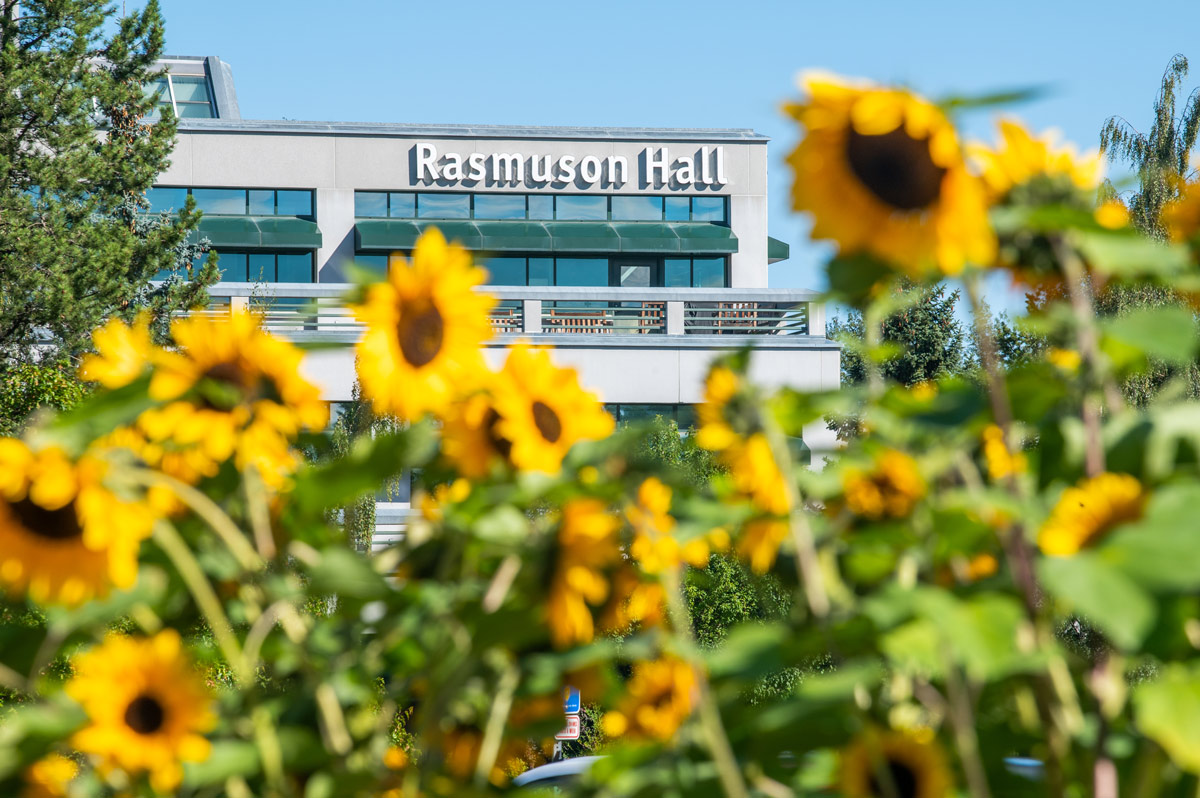Goals & Measures: Roadmap to Empower Alaska
Empower Alaska
The Board of Regents’ Roadmap to Empower Alaska revises and augments the Goals and Measures to establish a robust plan for the University of Alaska System to advance Alaska’s economy through education, workforce development, research, and strong partnerships across this great state.

Goals and Measures
During its November 2024 meeting, the Board of Regents discussed updated goals and measures for the University of Alaska system:
- To promote shared mission, values, and key priority areas;
- To approve metrics, measurements, targets and priority focus areas to gain focus through 2027;
- To create a process which encourages and empowers faculty and staff to contribute discrete initiatives to support UA Goals, and support systemwide dialogue that will foster and build positive relationships.
Roadmap to Empower Alaska - November 2024
BOR MEASURES & TARGETS - CURRENT SCORECARD [Requires UA login]
Roadmap to Empower Alaska Pillars

Our universities and community campuses are efficient and responsive with diversified funding focused on growing enrollment and research to meet Alaska’s workforce and economic needs.

Working together within the University of Alaska System, our universities and community campuses are innovative and essential to education, research, workforce, and economic development for local communities and the State of Alaska and lead the nation in advancing the US role in the changing Arctic.

The University of Alaska has a reputation for providing high-value, high-quality education, research, and service. Our universities and community campuses are known as innovative and responsive ‘jewels’ in the state, and in their regions and respective communities.
